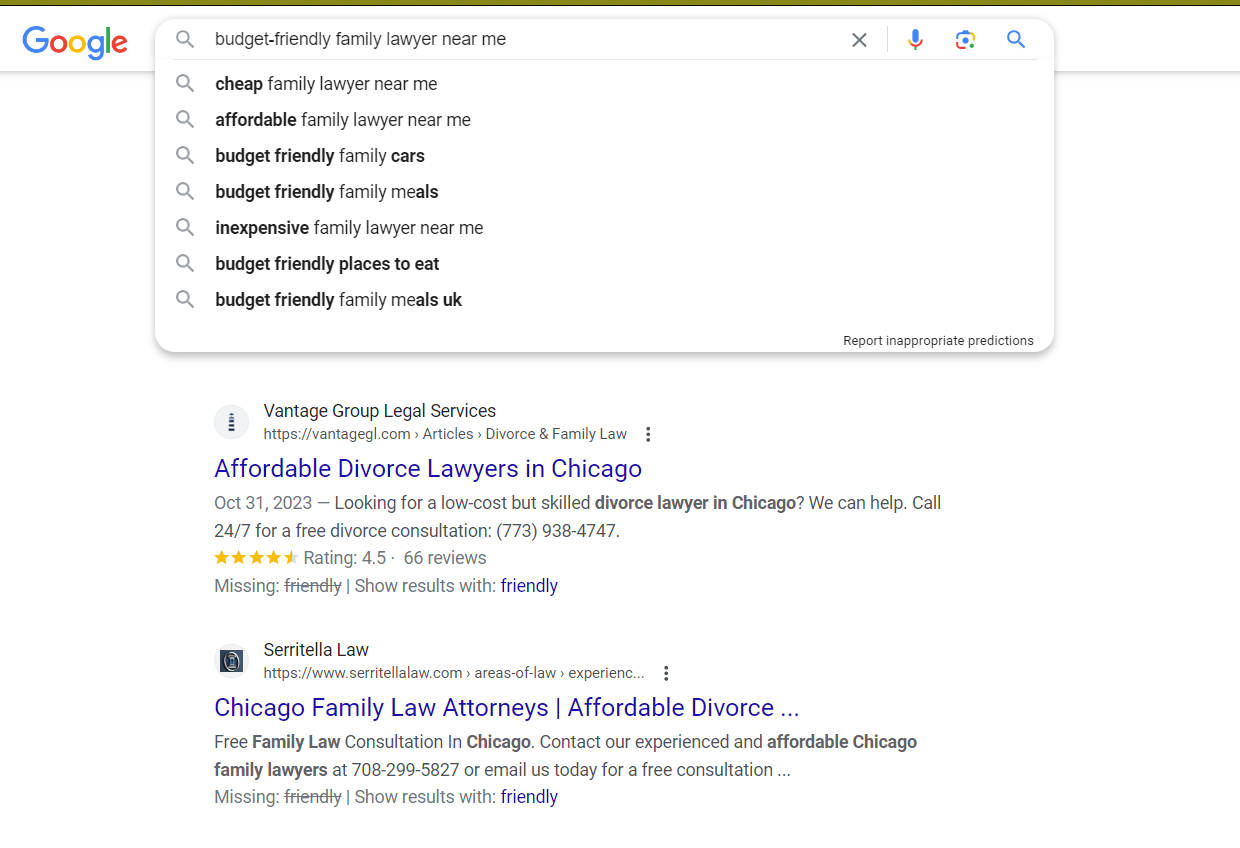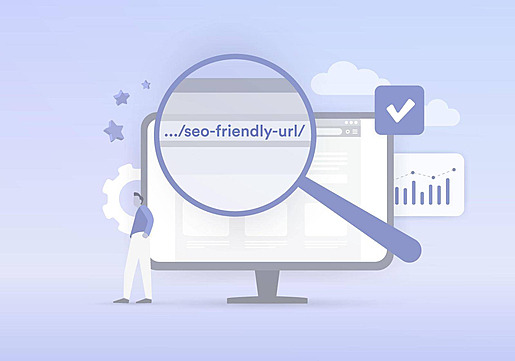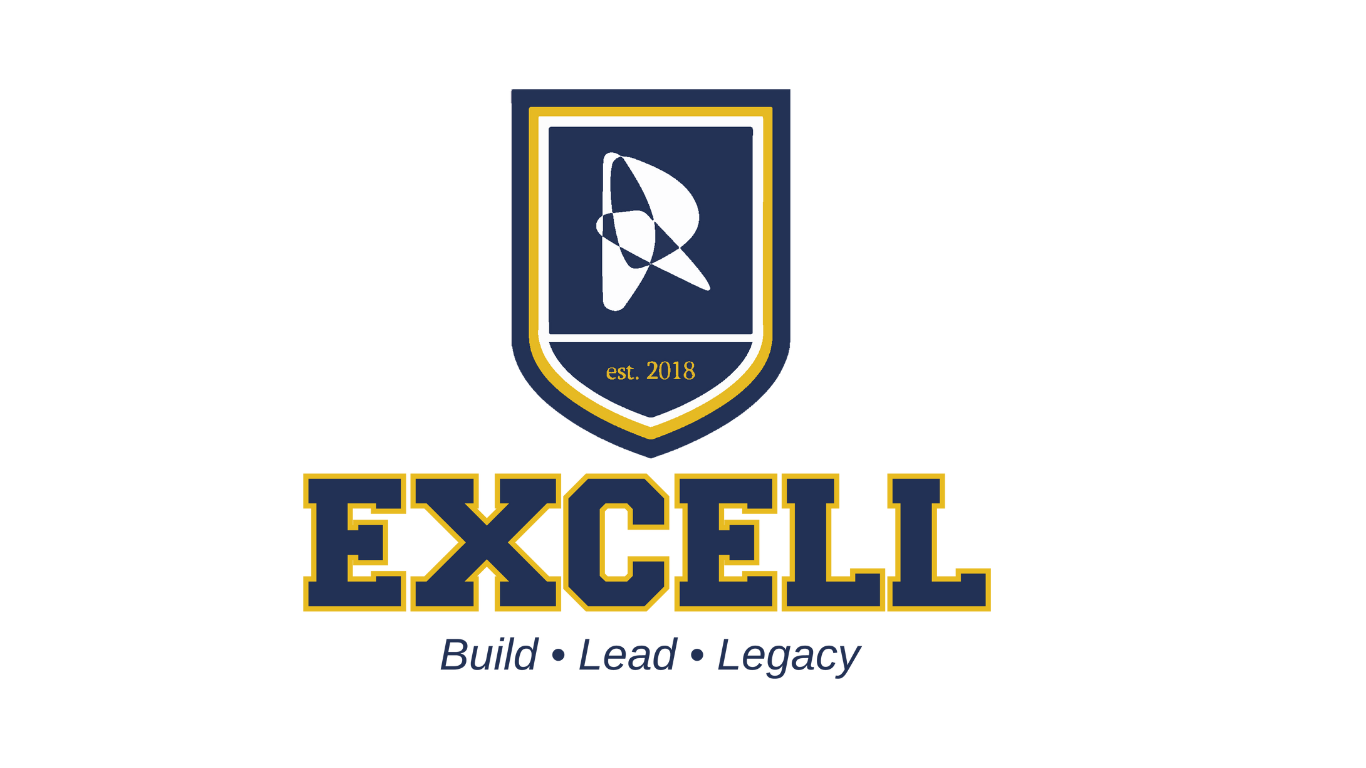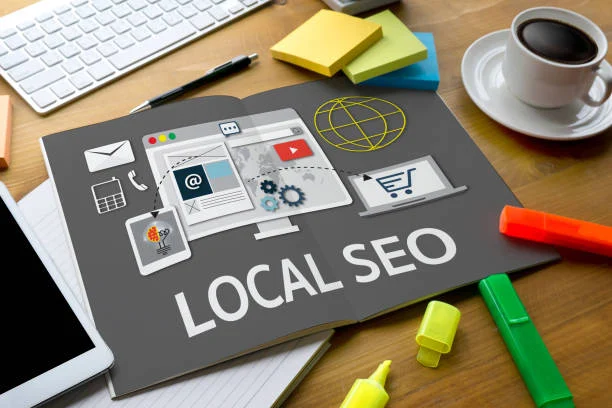Table of Contents
- Introduction: The Rise of “Near Me” Searches
- Understanding “Near Me” Keywords
- Question 1: Why Are “Near Me” Keywords Important for Local SEO?
- Optimizing Your Website for “Near Me” Searches
- Leveraging Local Business Listings and Citations
- Question 2: What Is the Significance of Local Citations in “Near Me” Searches?
- Google Business Profile (GBP) and Map Pack Optimization
- Question 3: How to Track and Measure the Success of “Near-Me” Optimization?
- On-Page SEO for Local Landing Pages
- Question 4: Which Marketing Channels Are Best for Leveraging Local Customers Searching “Near Me”?
- Content Marketing and the Power of “Near Me” Blog Posts
- Advanced Local SEO Strategies
- Question 5: What Role Do Site Structure and On-Page SEO Have in Ranking for “Near Me” Searches?
- Common Pitfalls and How to Avoid Them
- Conclusion and a Strong Call to Action
Introduction: The Rise of “Near Me” Searches
Understanding “Near Me” Keywords
“Near me” keywords are location-based phrases that potential customers use when searching for products or services in their immediate vicinity. Instead of typing a specific city or neighborhood name, many users append “near me” to their query.

- Examples of “near me” searches:
- “Spa near me”
- “Coffee shop near me”
- “Urgent care near me”
- “Sushi restaurant near me”
Question 1: Why Are “Near Me” Keywords Important for Local SEO?
- High Conversion Rate: Searches containing “near me” often indicate a user’s readiness to engage with a local business. Because of this intent, these searchers are more likely to convert.
- Visibility in Local SERPs: Local search results (Map Pack) often appear above organic search results, giving you prime real estate on the Google results page.
- Brand Awareness: Even if potential customers don’t convert immediately, consistently appearing in “near me” searches helps build brand recognition.
Optimizing Your Website for “Near Me” Searches
Given that most “near me” searches occur on smartphones, having a mobile-responsive website is non-negotiable. Ensure your site loads quickly, with readable text and easy navigation on smaller screens.
Implement local keywords throughout your site—such as city name, region, or neighborhood. Also, incorporate “near me” in your content, meta tags, and headings where natural.
Using LocalBusiness schema in your HTML code helps Google better understand your business details—like address, phone number, and operating hours. This structured data can increase your chances of appearing in the rich snippets.

Leveraging Local Business Listings and Citations
- Yelp
- Yellow Pages
- Bing Places
- Facebook Business Page
- Local Chamber of Commerce directories
Question 2: What Is the Significance of Local Citations in “Near Me” Searches?
- Search Engine Validation: Consistent mentions of your business across reputable directories help Google verify that you are a legitimate, local entity.
- Improved Local Rankings: A robust citation profile signals to search engines that your business is relevant to local customers, thus pushing you higher in the rankings.
- Additional Traffic Sources: Being listed on high-traffic directories can lead to direct referral traffic, further boosting your visibility.
Google Business Profile (GBP) and Map Pack Optimization
- Claim and Verify: Make sure you’ve claimed and verified your GBP listing. This confirms to Google that you’re the rightful owner of the business.
- Accurate Business Information: Update your address, phone number, business hours, and website URL. If customers can’t reach you because of outdated info, they’ll quickly move on.
- Category Selection: Choose the most relevant primary and secondary categories for your business. This will help Google more accurately match you to “near me” searches.
- Photos and Videos: Visuals make your listing more appealing and can encourage click-throughs and calls.
- Reviews and Ratings: Encourage satisfied customers to leave positive reviews. A high rating signals credibility to search engines and potential customers.
- Engage with Customers: Answer questions in the Q&A section and respond to reviews (both positive and negative). Active engagement shows that you’re an honest, customer-focused business.
Question 3: How to Track and Measure the Success of “Near-Me” Optimization?

- Google Analytics/GA4: Track how much traffic you’re receiving from local keywords and look at user engagement (time on page, bounce rate, etc.).
- GBP Insights: Google Business Profile provides data on how many searches, calls, and direction requests your listing generates.
- Call Tracking: Implement call tracking tools like CallRail to see which keywords or sources are driving phone calls.
- Rank Tracking: Monitor your position in SERPs for “near me” keywords using dedicated SEO tools (e.g., Ahrefs, Semrush, Moz).
- UTM Parameters: Use UTM parameters in your GBP links or local ads to know precisely which interactions lead to conversions on your site.
On-Page SEO for Local Landing Pages

Question 4: Which Marketing Channels Are Best for Leveraging Local Customers Searching “Near Me”?
- Google Business Profile: As mentioned, it’s a cornerstone of local SEO.
- Facebook Local Groups: Participate in community groups where people frequently ask for local business recommendations.
- Instagram: Use location-based hashtags and geo-tags in posts or Stories to attract local users.
- PPC Advertising: Services like Google Ads or Microsoft Ads (Bing) enable hyper-local targeting. You can bid on “near me” keywords to appear prominently in sponsored results.
- Influencer Partnerships: Local micro-influencers can help you reach a specific geographic area, elevating your brand’s local presence.
Content Marketing and the Power of “Near Me” Blog Posts
Blogging is one of the most underutilized yet powerful tools for local SEO. Creating content that targets “near me” users can substantially increase your site’s authority and search visibility.
- “Top 5 Burger Joints Near Me in [Your City]”
- “A Weekend Guide to the Best Spas Near Me in [Your Neighborhood]”
These kinds of posts can attract both residents and tourists searching for “things to do near me.”
Address common questions or concerns people have. For example, an HVAC company might publish “How to Troubleshoot Your AC Unit Near Me in [Texas],” offering valuable tips while seamlessly integrating “near me” keywords.
Capitalize on seasonal trends and events, such as holiday shopping, summer festivals, or local celebrations. If you’re a retailer, you might write, “Where to Find the Best Holiday Gifts Near Me in [Texas].”
Advanced Local SEO Strategies
C. Online Reputation Management
Question 5: What Role Do Site Structure and On-Page SEO Have in Ranking for “Near Me” Searches?

- Site Hierarchy: A logical structure with well-defined categories, subcategories, and pages ensures your site is easily crawlable.
- URL Structure: Clean URLs (e.g., yoursite.com/city/plumber instead of yoursite.com/?id=1234) can help search engines identify localized content.
- Optimized Headers and Content: Incorporating local keywords in headers (H1, H2) and in the body content clarifies the page’s focus.
- Breadcrumbs: Use breadcrumbs to guide users and search engines through your site’s structure.
Common Pitfalls and How to Avoid Them
Conclusion and a Strong Call to Action
- Schedule a free consultation with our local SEO specialists.
- Get personalized recommendations to maximize your business’s local footprint.
- Stay ahead of your competition and start attracting the local customers you deserve.

Contact us:
EXCELL INDUSTRIES LLC
6420 Richmond Ave., Ste 470
Houston, TX, USA
Phone: +1 832-850-4292
Email: info@excellofficial.com




